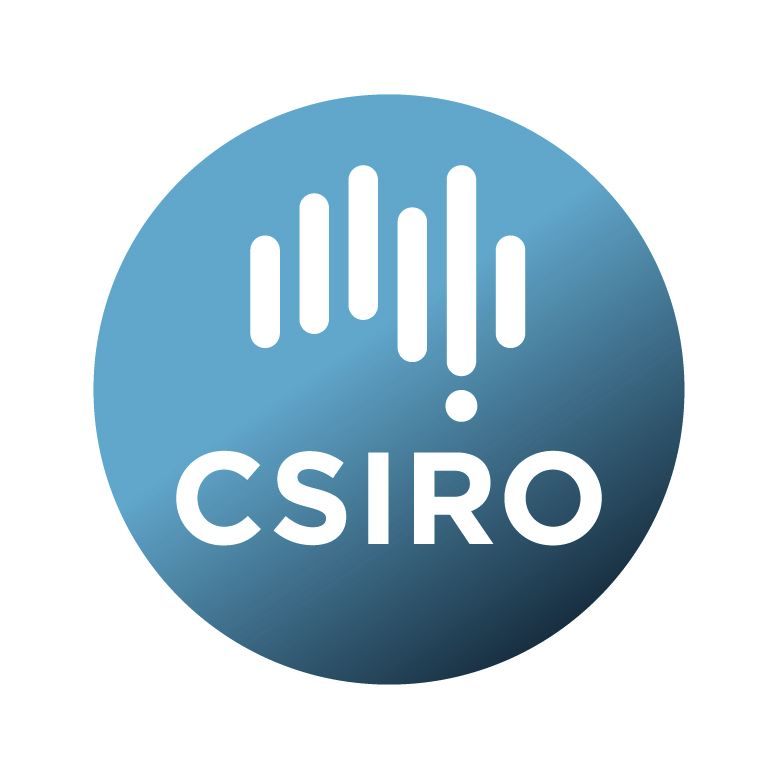Brief description
Fast radio bursts (FRBs) continue to raise more questions than they answer. Until last year, only one burst – the only one known to repeat - had been localized to a bright radio nebula (either a young supernova remnant or pulsar wind nebulae) in a distant dwarf galaxy.Over the last two year searches with the Australian Square Kilometre Array Pathfinder (ASKAP) have detected 31 bursts, five of which have been localised to host galaxies at redshifts ranging from 0.1 to 0.5. These bursts and their hosts are very unlike the repeater, suggesting there may be a dichotomy in the population. However one of the arcminute-localised ASKAP FRBs has recently been found to repeat.
Here we propose to search and study repetitions in this FRB population. Our comprehensive sample and a dense monitoring campaign of well localised bursts, at a fluence limit more than 60 times lower than that of their detections to characterise the fraction of bursts that repeat. For bursts that repeat the unique wide bandwidth observations will be used to test leading models of burst emission.
Available: 2019-11-20
Data time period: 2019-10-01 to 2020-03-31
Subjects
Astronomical Sciences |
Astronomical Sciences Not Elsewhere Classified |
P958_2019OCTS |
Physical Sciences |
cosmology |
neutron stars |
pulsars |
transients |
User Contributed Tags
Login to tag this record with meaningful keywords to make it easier to discover
Identifiers
- DOI : 10.25919/5DD321F4CC9DD

- Handle : 102.100.100/250728

- URL : data.csiro.au/collection/csiro:42059



